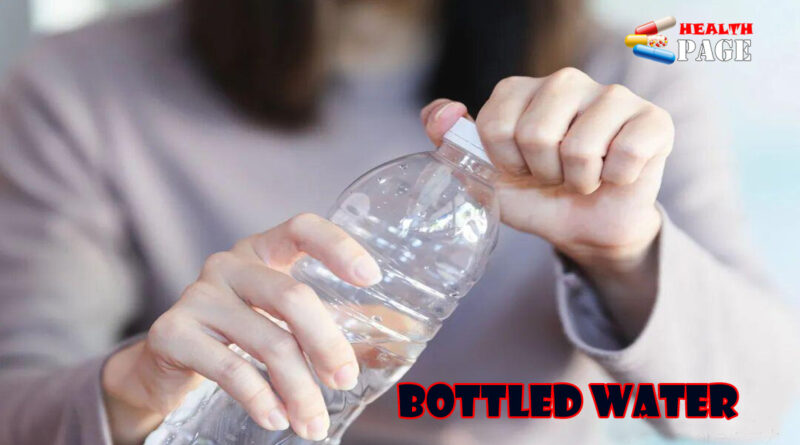Don’t let bottled water harm your health! You must know these hidden dangers
In our fast-paced lives, bottled water, thanks to its convenient access, has become a common drinking water choice in homes and offices. Many people assume bottled water is “clean and hygienic,” but overlook the multiple health risks associated with long-term consumption. These hidden dangers often inadvertently threaten our drinking water safety.
The first is the hidden danger of water quality in bottled water itself.
Official bottled water must meet strict production standards, but inferior products are unavoidable. Some small-scale waterworks, to cut costs, skip crucial water purification steps, potentially leaving behind harmful substances like heavy metals and microorganisms. Even if you choose a legitimate brand, the storage conditions of bottled water can affect its quality. Prolonged exposure to direct sunlight or high temperatures can cause microorganisms to multiply rapidly within the bottle, turning otherwise acceptable water into a breeding ground for bacteria.
The second is the blind spot of cleaning the water dispenser.
Most people only focus on replacing bottled water, but rarely regularly clean the inside of their water dispenser. Over time, the water tank, outlet pipe, and other components of a water dispenser can accumulate scale, bacteria, and even mold. Test data shows that the total bacterial count at the outlet of a water dispenser that hasn’t been cleaned for a long time can far exceed national standards. These contaminants enter the cup with the water each time it’s filled, and long-term drinking can cause gastrointestinal discomfort and other problems.
What is more easily overlooked is the potential risks of the bucket material.
Some bottled water on the market uses non-food-grade plastic barrels. These barrels can release harmful substances like plasticizers during long-term use or repeated recycling . This release is particularly accelerated in high-temperature environments. Once these harmful substances enter the body through drinking water, they can cause chronic effects on the endocrine and digestive systems. The long-term cumulative harm should not be underestimated.

Drinking water
In daily life, some people are accustomed to constantly boiling their own drinking water, while others, concerned about the quality of tap water, choose bottled or barreled water. So, who is healthier, those who constantly boil their own water or those who frequently buy bottled water?
In January 2024, the international academic journal Proceedings of the National Academy of Sciences of the United States of America published a latest research finding: on average, each liter of bottled (barreled) water contains approximately 240,000 detectable plastic particles .
For the first time, researchers have used new optical imaging technology to detect nanoplastics (plastic particles smaller than 1 micron) in bottled or barreled water. These tiny nanoplastics can pass through cells in our intestines or lungs, enter the bloodstream, and even reach the heart and brain. In pregnant women, they can even cross the placenta and ultimately enter the fetus.
The study also found that when bottled water bottles are squeezed or exposed to high temperatures, it may break off and enter the water. When the bottle cap is repeatedly opened and closed, many plastic particles can also enter the water.
Microplastics are also found in tap water . A study analyzed 159 tap water samples from 14 countries around the world and found that 129 of them contained nanoplastics/microplastics, a detection rate of as high as 81.1%.
Although drinking water can cause us to ingest microplastics, there’s no need to worry too much. Simply boiling water before drinking can minimize the amount of microplastics that enter the body and reduce their harm. It’s also recommended that you let the water settle for a while after boiling and use a filter.
Boiling hard water and then filtering it can remove over 80% of nanoplastics and microplastics. The study also found that as the water temperature gradually rises during the boiling process, the removal rate of microplastics in the water increases; the higher the water hardness, the better the removal of microplastics in the water.
Faced with the multiple health risks of bottled water, it is imperative to choose a safer way of drinking water for your family and yourself – installing a high-quality water purifier has become the key to solving the problem of drinking water safety.


